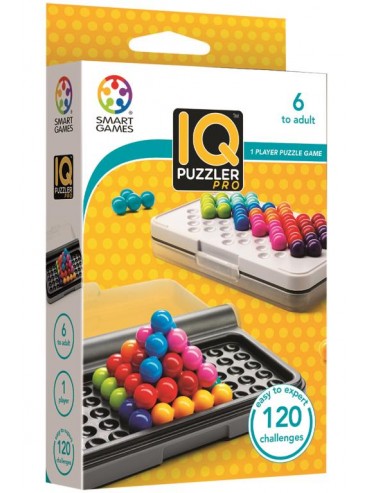
Playing outside and enjoying lots of creative free time are the cornerstones of our kids’ development. However, sometimes we have appointments, classes, travel days or excursion delays – that’s when we just need something to keep the edge off the fidgety little ones so they feel neither neglected nor disruptive. While it is important that they learn life is sometimes boring and frustrating and that they can’t expect to be entertained all the time, there are times when they do need some support to keep them from losing their marbles.
We don’t own an iPad or tablet. It wasn’t a conscious decision NOT to have a tablet; rather it’s just something that hasn’t come up the list of priorities. We are all tech-savvy and the kids often use them comfortably at workshops, with friends or family, but we just haven’t needed one yet. Our kids are homeschooled and use a PC and mouse every day. They are developing skills in touch-typing and how to work with a network, but I can definitely see that some learning applications would be better paced on a touch-screen interface. So, I think a tablet is on the cards at some point, when the budget allows.
We used to have a Kindle Fire which was handy when the kids did different activities and one child always needed to be sitting still and quiet during the others’ classes, but even that had its down-side: the children would get ratty and bolshy after using it for just 10 minutes, the battery ran out quickly and there were squabbles. Screen devices are fun and can be ideal in the right situation. In the meantime though, here are our Top 10 go-to activities when the kids need help with sitting still or quietly:
1. Audio books
These have saved my sanity many times! Either on the car stereo or on child-safe headphones in a public waiting room, these are so good for the kids. Give them something to fidget with while they listen, though – they will need multi-sensory input with this one, unless you actually do want them to have a nap.
2. Boardgames or cards
Snakes and Ladders takes up no space in a bag or envelope. Cards are easy to carry even in pockets, so this is an easy win. Swot up on a few basic games (some the kids know and at least one you can teach them if they need more or a challenge).
3. Pen and paper games
Think Battleships or Noughts and Crosses. One of our favourites is folding a strip of scrap paper (or a till receipt) in half, drawing the top half of a creature before turning it over for the other person to complete the bottom half – then reveal a mis-matched hybrid created tag-team style
4. Origami
I have a few origami instructions printed and laminated. These slot into any bag or book and can bring at least a half hour of good fun and distraction.
5. Tangrams
Most games shops (and some supermarkets) have wooden sets of tangrams – coloured tiles in basic shapes that are used to make up a picture or puzzle shown on a card. Just be sure to allow a few minutes’ pack up time to make sure you get all the bits and don’t leave anything behind when you are done.
6. Craft books (sticker or puzzle)
These are available everywhere and usually themed with something appropriate for your child. Have one to hand with a couple of pencils and you are sitting pretty.
7. IQ Puzzler game (see picture below)
I bought this a few years ago for my kids and I am stunned that a) it has seen so much use and b) we still have all the pieces! Highly recommended. The older kids can do the actual puzzles and solve the varied layouts and younger kids can just use the answers in the booklet to mimic completed grids and ‘make what they see’.

8. Travel chess
Make it magnetic! These can be pricey, so look in thrift shops first. You can’t go wrong, even if the child doesn’t yet know the rules, it’s amazing what they get out of the patterns, pieces, layout and imaginary games.
9. Story cubes
These come in a sets of varying theme, number of dice and price. Brilliant and tiny to carry around, you can throw the dice and tell a story based on the pictures you see displayed. This stimulates imagination and can be a silly or serious as you’d like.
10. Library books
Old Faithful – these never fail. The joy of library books over ones that you own is that you can carry different ones with you every single time and it doesn’t cost a penny. Have a busy book on hand for each child – or better yet: get the older one to read/show it to the younger ones. You might get a few minutes to catch your breath!


Leave a Reply